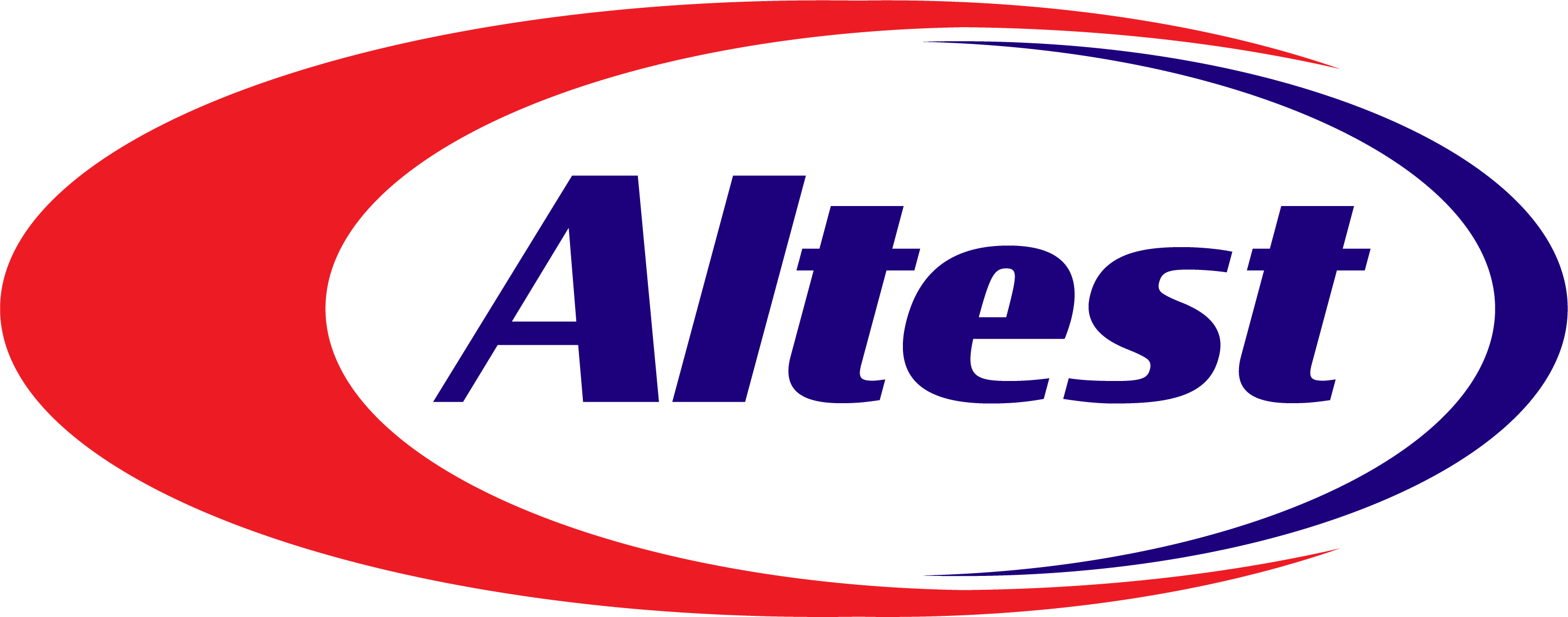In the world of Printed Circuit Board Assembly (PCBA), the choice of assembly technology can significantly impact the performance and reliability of your electronic devices. Among the three main component assembly technologies—Through-Hole Technology (THT), Surface-Mount Technology (SMT), and hybrid assembly—THT stands out as the oldest and most reliable method, particularly suitable for plug-in components and large-volume components.
What is Through-Hole Technology (THT)?
Through-Hole Technology (THT) involves inserting electronic components through holes drilled into a printed circuit board (PCB). These components are then soldered onto the opposite side of the board to create strong mechanical bonds. This method provides several advantages, including superior mechanical strength and ease of inspection.
Why Choose THT for PCB Assembly?
- Reliability: THT provides robust mechanical connections, making it ideal for high-reliability applications such as automotive, aerospace, and industrial machinery.
- Durability: THT components can withstand higher environmental stressors, including extreme temperatures and vibrations.
- Ease of Inspection and Repair: The solder joints in THT are visible and accessible, making inspection and repair straightforward.
8 Essential Guidelines for Through-Hole PCB Assembly
1. Design Considerations
Ensure your PCB design supports THT by including sufficient hole sizes and pad dimensions. The holes should be slightly larger than the component leads but not excessively so, as this can compromise the mechanical strength of the solder joints.
2. Component Placement
Place heavier, larger components closer to the center of the board to minimize stress during handling and assembly. Ensure that components are oriented consistently to facilitate automated or manual insertion.
3. Hole Tolerances
Maintain tight tolerances for hole diameters to ensure proper fit and reliable soldering. The standard recommendation is to have a hole diameter 0.15mm larger than the component lead diameter.
4. Lead Preparation
Before assembly, ensure that component leads are clean and free from oxidation. For sensitive applications, consider tinning the leads to improve solder flow during the soldering process.
5. Soldering Techniques
Choose between wave soldering and hand soldering based on the complexity and volume of your assembly. Wave soldering is efficient for large-scale production, while hand soldering is more suitable for prototyping and small batches.
6. Thermal Management
Include thermal relief pads in your design to help manage heat during soldering. This prevents thermal stress and ensures stable solder joints.
7. Cleaning and Inspection
After soldering, clean the PCB to remove any flux residues that could cause corrosion or electrical leakage. Use visual inspection and automated optical inspection (AOI) to ensure the integrity of solder joints.
8. Testing and Quality Control
Conduct functional testing to verify that the assembled PCB meets all performance specifications. Employ in-circuit testing (ICT) and functional testing methods to identify and rectify any issues.
Conclusion
Through-Hole Technology remains a staple in PCB assembly due to its robustness and reliability. By following these guidelines, you can ensure that your THT assemblies are of the highest quality, providing durable and dependable performance for your electronic products.
Ready to optimize your PCB assembly process? Contact our experts today for personalized advice and support.
By adhering to these best practices, you can achieve high-quality THT assemblies that meet the stringent demands of various applications. Stay tuned for more insights and expert tips on PCB assembly technologies!
